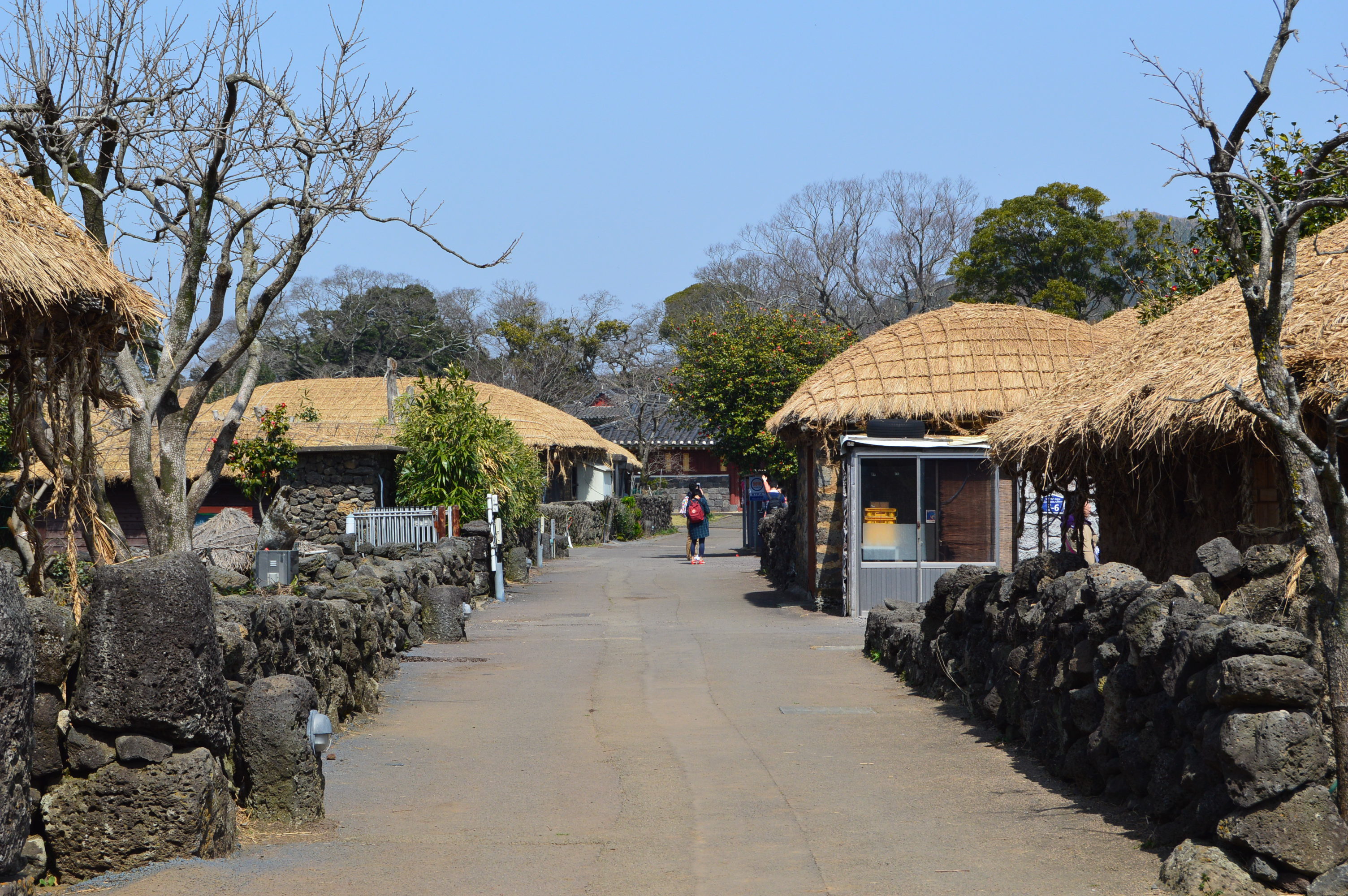
If you ask around or check travel books for the best island destinations in Asia, undoubtedly you’ll get Jeju Island in your list. Jeju Island (or Jeju-do) in South Korea is considered by many travellers and travel books as one of the top 10 tourist destinations in the world.
Jeju Island has a lot to offer and to keep vacationers engaged and excited. To those who come and wish to truly understand what the island and its people are all about, the best attraction to visit is the Jeju Folk Village Museum.
Within walking distance of Pyoseon Haevichi Beach and near the Haevichi hotel and resort itself, this is a must-see for anyone looking for a hands-on historical and cultural experience.
Founded in February 1987, the some 100 structures were carefully brought rock by rock from across the province to represent traditional structures representative of the Joseon era (1392-1910).
Everything you see within the village museum is how they were centuries ago. Within this 4,500-hectare wide museum are authentic replicas of a traditional mountain village, fishing village, marketplace, botanical garden, old government buildings, and a holy place where actual religious rites are performed.
The village was constructed after some years of research on how Korea and Jeju Island looked like in the 1890s, how the people lived, and how their homes were constructed until the end of the Joseon Dynasty just before the Japanese came. Although this is a constructed village for the sake of tourism, it comes impressively close to the real thing.
The man-made village is packed with all sorts of natural treasures such as mountains, extinct volcanoes, craters, forests, waterfalls, greeneries, beaches, and caves. Clearly, Jeju Folk Village Museum is among the island’s most frequently visited man-made attractions.
**media[541987]**
In addition to the faithful reconstruction of the village, there are more than 5,000 pieces of folk articles on display, which include farming instruments, house items, fishing tools, pieces of furniture, and earthen wares.
Visitors should also take a peek inside the Folk Performance Hall to see traditional cultural performances, singing of folk songs, and authentic dances which are held three times a day.
Modern technology joins in the act by presenting audio-video materials that feature the island’s cultural assets, legends, provincial dialects, and folk songs.
Also of great convenience for non-Koreans are the audio guides that can be taken on the tour. An audio-guide is sold at 2,000 won. Visitors are given a pamphlet on which each exhibit is numbered and by pressing each number with the handset, visitors can receive commentary in English, Japanese, or Chinese.
Thirteen films and dramas have so far chosen Jeju Folk Village for filming including Jewel in the Palace, The Slave Hunters, Merchant Kim Mandeok and Tamna the Island. Throughout the site there are signs to point out which was filmed where, evidently a point of great interest for tourists from across East Asia.
Cleverly, the market area toward the end of the circuit — again, in recreated period structures — contains the snack bars, restaurants, and souvenir shops.
[email protected]
Visit the Place
Admission is 6,000 won; a tour around the village could take around two to four hours.
Timing
The village museum is open every day from
8:30am to 5pm (September-March), 8:30am to 6pm (April-July), 8:30am to 6:30pm (July-August)
Flights
From Muscat to Seoul
• Oman Air, Etihad via Abu Dhabi, Duration 11 hours
•Oman Air, Korean Air via Dubai, Duration 11 hours 10 minute
From Seoul to Jeju
There is more than 100 flights a day to Jeju,
Duration 1 hour five minutes.